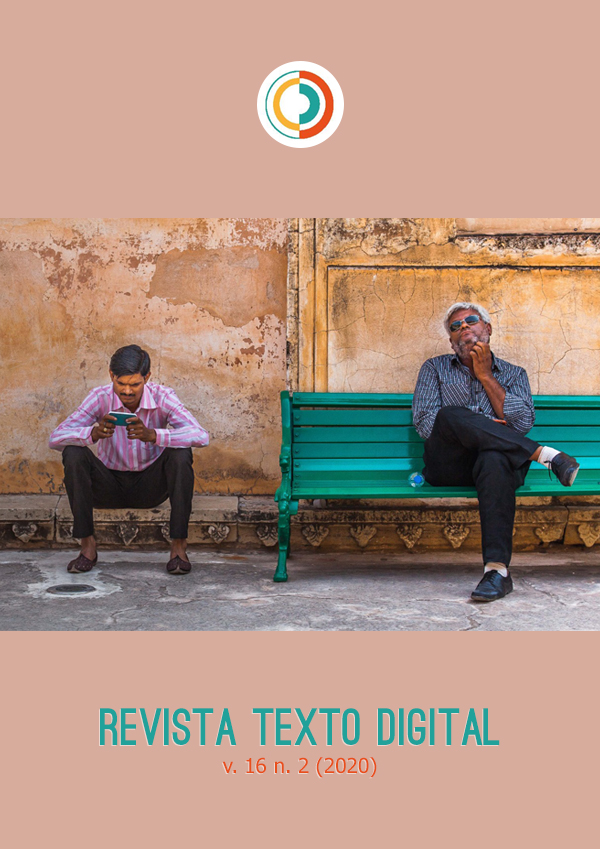The crystal-image in the film “Timecode”
DOI:
https://doi.org/10.5007/1807-9288.2020v16n2p317Abstract
In order to verify whether the crystal-image manifests itself in the film Timecode (2000), by Mike Figgis, we present the specificities of this cinematographic work, mainly in relation to its montage; we approach spatial montage, in the perspective of Manovich (2001); the concept of crystal-image, according to Deleuze (1990) and, finally, we make a panoramic analysis of several situations in which crystalline circuits are established in the film, focusing on investigating in detail three moments in particular. Among the results, we highlight that the images that present a virtual double, with which they form the crystal, place the viewer as an integral part of the crystalline circuits, since the viewer contributes with his experiences in the linear combination of the multiple images. Thus, the formation of crystals traditionally inherent to the imagery and narrative elements is shifted to the dynamics of the relationship between the film and the viewer.
References
DELEUZE, Gilles. Cinema 1 – A imagem-movimento. São Paulo: Brasiliense, 1985.
DELEUZE, Gilles. Cinema 2 – A imagem-tempo. São Paulo: Brasiliense, 1990.
MANOVICH, Lev. The language of new media. Cambridge: MIT Press, 2001.
TIMECODE. Direção: Mike Figgis. Produção: Mike Figgis e Annie Stewart. Intérpretes: Stellan Skarsgård; Jeanne Tripplehorn;
Salma Hayek; Saffron Burrows; Holly Hunter; Richard Edson et al. Roteiro: Mike Figgis. Música: Mike Figgis e Anthony
Marinelli. EUA: Columbia TriStar Home Video, 2000. 1 DVD (97 min), estéreo, widescreen, color.
Downloads
Published
Issue
Section
License
Copyright (c) 2020 João Paulo de Carvalho dos Reis e Cunha, Maria Ogécia Drigo

This work is licensed under a Creative Commons Attribution 4.0 International License.
Authors who have their works published in Texto Digital agree that:
Copyrights remain with the authors, who grant the journal the right of first publishing their submitted manuscripts. All materials published by the journalare under an Attribution 4.0 International - Creative Commons License, which allows them to be shared since authorship and first publication credits are mentioned.
The Attribution 4.0 International - Creative Commons allows the copy and redistribution of the material in any medium or format, as well as its adaptation for any purpose, even commercially.
Authors can take additional contracts for non-exclusive distribution of the version of their works published by our journal separately (e.g. to publish it in an institutional repository or as a book chapter) with both expressed authorship acknowledgment and Texto Digital’s first publication credit.



